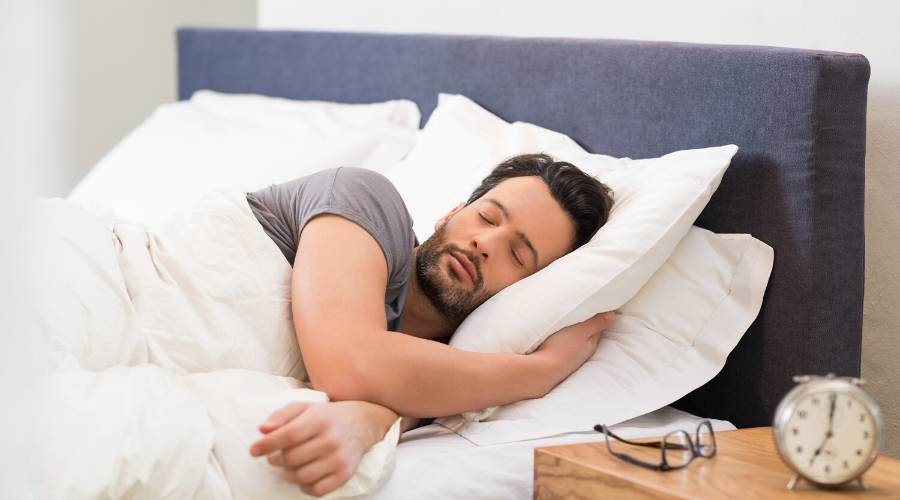There are many causes of neck pain – many of which we can’t control. However, one common cause of this type of pain can be remedied easily – your posture and sleeping position.
Neck pain, in fact, is the second to back pain, when ranking sleep-related injury. It affects 60% of the population in the United States. While this is a widespread condition, there are solutions to fix it.
Everyday Movements
Essentially, all the physical movements that we do every day may cause the misalignment of the spine and, consequently, muscle spasms in the neck.
However, a big culprit to neck pain is incorrect sleeping positions. You can get the most comfortable mattress and pillows, and those can’t stop neck pain if your sleeping position is wrong.
The Body Needs Rest After a Long Day
Our body (and all of its parts) need to rest every day, mainly if we’ve exerted a lot of physical effort more than usual. Healing and recovery happen during sleep. However, if you’re not sleeping properly, your body won’t achieve rejuvenation.
If you experience neck pain right after waking up, chances are it stemmed from whatever sleeping position you were in during the night. It can also be because of the lack of support to vital areas of the body during your resting hours.
Helpful Sleeping Positions to Alleviate Neck Pain
When looking for optimal sleeping positions, consider the primal ways for sleeping. These are stomach sleeping, side sleeping, and back sleeping. Are some of these positions better than the others? Let’s find out.
Side Sleeping
Side sleeping is the most popular position to sleep. It’s when one side of your body holds your entire weight. This sleeping style is mostly healthy. However, it may still come with complications.
Since only one side of our body holds our entire weight in this sleeping position, pressure builds up. The pressure can lead to inflammation. And when there’s inflammation, the soft tissues can’t help in the repair of our body. In worse scenarios, healthy cells may even break down during the night.

When sleeping on the side, there’s a gap between the mattress, the neck, and the head.
To solve this problem, get a pillow with the right firmness and height and prop it against your shoulder and right under your head. The pillow should help maintain your head in a neutral position.
If you’re a side sleeper, your mattress should have medium firmness. This type of bed can provide the support your body needs to alleviate pressure. It can also foster healthy spine alignment. Also, medium-firmness mattresses are soft enough to reduce pressure points.
Back Sleeping
Numerous scientific studies have proven that back sleeping is beneficial for the body – primarily because it promotes a good, neutral, and regular spinal position during sleep.
When sleeping on your back, you’re not putting extra pressure on any area of your body. The weight is distributed equally across the bed. Additionally, back sleeping prevents stomach acid from reaching up to your throat – a condition called acid reflux, which is more common to happen among stomach sleepers and side sleepers.
Stomach Sleeping
Stomach sleepers are the ones most prone to experiencing neck pain. This is because when sleeping on your stomach, there’s more stress on your spine. Because of this stretched or overextended sleeping posture, the spine gets flat.
Then it’s twisted right at the area closest to your head, which is your neck area. With the neck arched for the better part of the night, neck pain is a high probability in the morning.

In fact, stomach sleeping is the least recommended sleeping position by sleep experts. It can restrict blood flow, which can lead to dizziness.
Our best recommendation is to change your sleeping style. However, if you’re used to sleeping on your stomach, try to get a good pillow with the right height, at least. A thinner pillow can help stop the overarching of your neck. You can also place another pillow between your hips and the bed. This mimics the natural curve in the spine.
Chronic Neck Pain
If you’re experiencing chronic neck pain, or if you’re discomfort is going on for more than 10 to 12 weeks, reach out to your doctor for professional medical advice.
